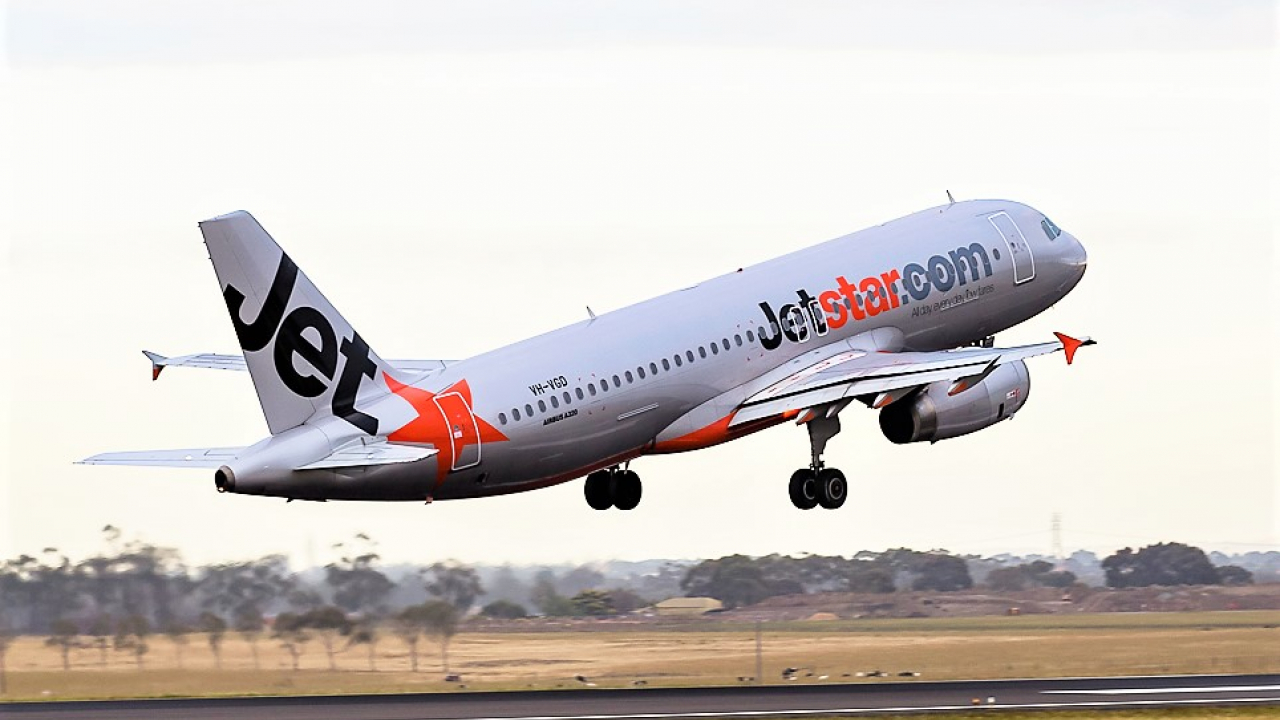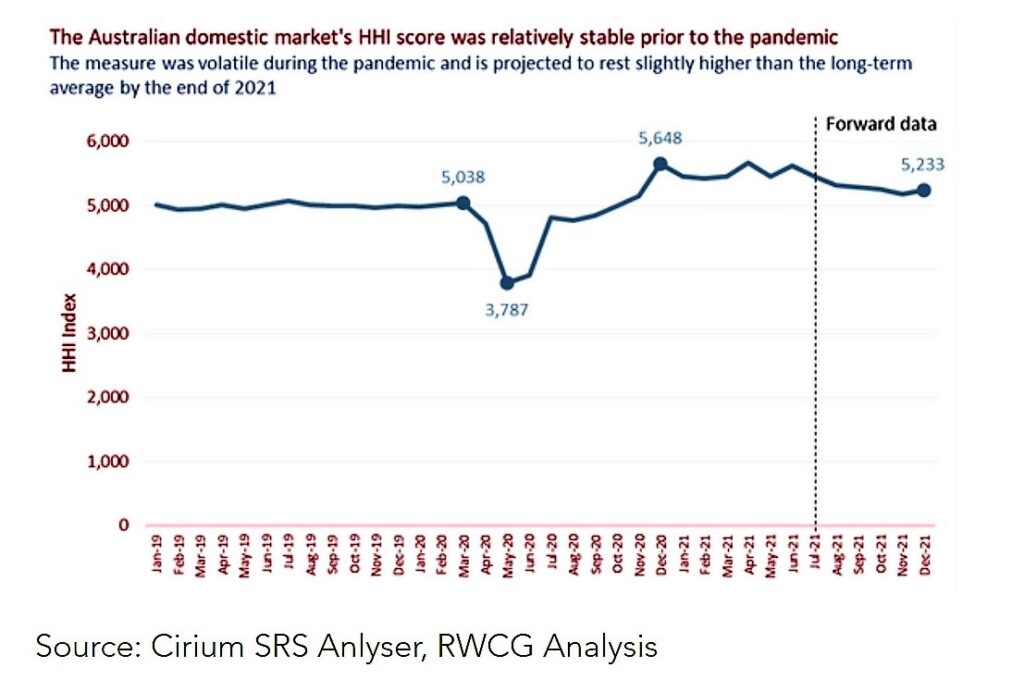Australian Domestic Aviation is Becoming a Hard-fought Battleground
Anthony Cicuttini
June 30, 2021

|
Redwater Consulting Group has analysed how Australia’s domestic air market share picture is changing. While Qantas Group has gained ground during the pandemic, it remains a competitive landscape, with everything to play for. |
On the back of Jetstar Airways announcing the launch of Brisbane-Canberra services earlier this month, now is a good time to look at the strategic playing field of the Australian domestic aviation market.
Services on the route start in September, but the move by Jetstar, which is part of Qantas Group, is perhaps more important from a symbolic perspective rather than a commercial windfall, given that the airline has not operated to/from the Australian capital in its history. Qantas Group has aggressively expanded its domestic and regional networks, so this extra step may help the airline achieve a new benchmark market share once the pandemic is over.
Prior to COVID19, the domestic market as a whole was roughly split 65/35 between Qantas Group and Virgin Australia respectively.
We have analysed monthly Cirium SRS Analyser ASK (available seat kilometre) data from January 2019 through to December 2021 to understand the manner in which market shares have changed pre-, during, and post-pandemic.
Evident in the graph (above) is the relative steady state of capacity prior to the pandemic, the incredible capacity drop in April and May 2020, and the climb back to normality. Caution should be exercised in the forward-looking data as airlines may adjust their schedules to better suit demand.
Domestic Shift
To understand the implication of these changes, we employed the HHI index methodology. This index measures the individual market shares of all entities to produce a score between 0 (perfectly competitive) and 10,000 (perfect monopoly).
Utilizing the market shares based on the ASKs from the previous analysis, the HHI has been calculated for the same time-frame. Note that Jetstar ASKs have been combined with those from Qantas to show the results at airline ownership level.
The analysis indicates that the HHI is now sitting above its pre-pandemic level on the back of Qantas Group increasing its capacity at a greater pace than competitors (see chart below). Also having an impact is the increasing competitive situation for the remaining market share; for example due to Rex Airlines now competing on major markets, and other regional carriers increasing their services.
An appropriate question would be: is an increasingly concentrated market ultimately a good or bad outcome? The answer depends on where one’s interests lies. From a consumer standpoint, there is the argument that market concentration will lead to air fares increasing.
However, according to BITRE data, this does not appear to have happened across the market – so far. From Qantas’ perspective, the airline appears to be working towards a stronger overall position that should bolster the company’s finances for the long-term.
The remaining airlines perhaps have it the toughest as they are left to fight over a smaller share of the overall pie. This does not suggest though that those airlines are in peril, or being set-up to fail. But it does mean the Australian domestic market will continue to be a hard-fought battleground going forward.
